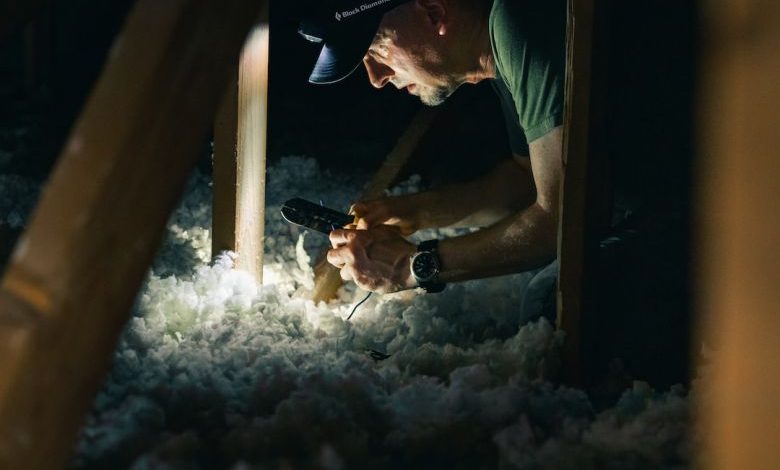What’s the Best Way to Insulate My Attic?

Insulating your attic is a crucial step in maintaining a comfortable and energy-efficient home. With proper insulation, you can prevent heat loss during the winter and keep your home cool in the summer. But with so many insulation options available, how do you know which one is the best for your attic? In this article, we will explore the different types of attic insulation and help you determine the most suitable option for your needs.
Understanding R-Value
Before we dive into the various types of insulation, it’s important to understand the concept of R-value. R-value is a measure of an insulation material’s ability to resist heat flow. The higher the R-value, the better the insulation. When choosing insulation for your attic, consider the climate in your area and the recommended R-value for your location. This will ensure that you choose the appropriate insulation to effectively insulate your attic.
Fiberglass Insulation
Fiberglass insulation is one of the most common types of insulation used in attics. It consists of tiny glass fibers that trap air, creating a barrier against heat loss. Fiberglass insulation is relatively affordable and easy to install, making it a popular choice for homeowners. It is available in rolls or batts, which can be cut to fit between attic joists. However, it’s important to note that fiberglass insulation can be irritating to the skin and lungs, so proper protective gear should be worn during installation.
Cellulose Insulation
Cellulose insulation is another popular option for attic insulation. It is made from recycled paper treated with fire retardants. Cellulose insulation is blown into the attic using a special machine, ensuring that it fills every nook and cranny, providing excellent coverage. This type of insulation is effective at reducing air leakage and is eco-friendly. However, it is important to hire a professional to install cellulose insulation, as the blowing process requires specialized equipment.
Spray Foam Insulation
Spray foam insulation is a versatile option for attic insulation. It is applied as a liquid and expands to fill gaps and crevices, providing a complete air seal. Spray foam insulation has a high R-value and is effective at preventing heat loss. It also acts as a barrier against moisture and can help reduce noise transmission. Although spray foam insulation is more expensive than other options, it offers long-term energy savings and improved comfort.
Reflective Insulation
Reflective insulation is a unique type of attic insulation that works by reflecting heat away from your home. It consists of a layer of aluminum foil that is attached to a backing material, such as cardboard or plastic. Reflective insulation is typically installed in the attic rafters or on the underside of the roof, creating a radiant barrier. It is most effective in hot climates where the primary goal is to keep the heat out. However, it should be used in combination with other insulation materials for optimal results.
Which Insulation is Right for You?
Choosing the best insulation for your attic depends on several factors, including your climate, budget, and personal preferences. Fiberglass insulation is a cost-effective option that is easy to install, making it suitable for DIY projects. Cellulose insulation provides excellent coverage and is environmentally friendly, but it requires professional installation. Spray foam insulation offers superior air sealing and long-term energy savings but comes at a higher cost. Reflective insulation is ideal for warm climates but should be used in conjunction with other insulation materials.
Conclusion
Insulating your attic is a wise investment that can significantly improve your home’s energy efficiency. By choosing the right insulation material and ensuring proper installation, you can create a comfortable living space while reducing energy costs. Consider the climate in your area, the recommended R-value, and your personal preferences when selecting attic insulation. Whether you choose fiberglass, cellulose, spray foam, or reflective insulation, each option has its advantages and can effectively insulate your attic. Take the time to research and consult with professionals to determine the best insulation solution for your specific needs.




